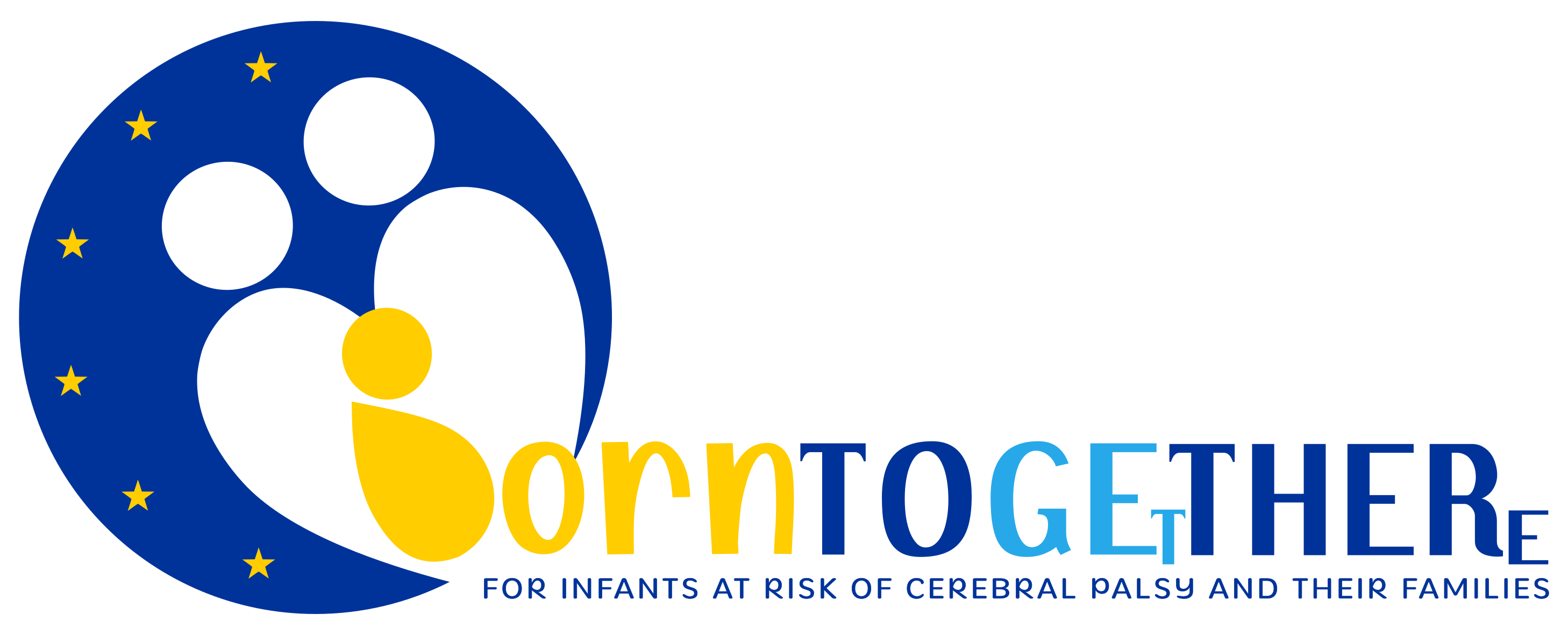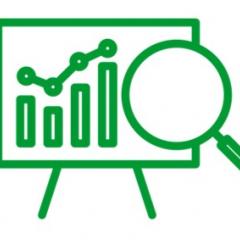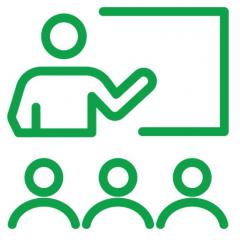 QEDIN: Queensland Early Detection & Intervention Network for infants with Cerebral Palsy
QEDIN: Queensland Early Detection & Intervention Network for infants with Cerebral Palsy
Serving as the Queensland arm of the AusCP-CTN, the team at the Queensland Cerebral Palsy Rehabilitation & Research Centre (QCPRRC; led by CI Prof. Roslyn Boyd, Director of AusCP-CTN) has partnered with keen researchers and clinicians across Queensland, and successfully established the state-wide QEDIN-CP network. Funded by the Queensland State Government Advancing Queensland initiative, the QEDIN-CP was established in 2017, and has attracted >300 clinical members representing all 16 HHSs across Queensland and the Mater hospital. QEDIN-CP is the first of its kind umbrella program which provides a clear path linking between medical research, clinical workforce, and interested families, as the QEDIN-CP network enables ethics, governance, data transfer for screening, second opinions, calibration, reliability testing and fast-tracking families to available clinical trials of early interventions (funded by Advance QLD Program). To date the QEDIN has referred 603+ infants to its sub- early diagnosis and interventional clinical trial projects.
KiTE CP: Early identification of infants with cerebral palsy: implementation of evidence-based guidelines into practice
Leveraging from its success and framework establishment, the QEDIN-CP network has further contributed to a similar program at the national scale (KiTE-CP, NHMRC Partnership Program), linking clinical and research workforce between Queensland, New South Wales, and Victoria, allowing more large scale multisite clinical trials to be easily established and connected to interested families.
The aim of KiTE CP is early identification and diagnosis of infants who have cerebral palsy (CP) or who are at high-risk of CP by six months-of-age. Infants born extremely preterm (gestational age <28 weeks), extremely low birthweight (birth weight <1000 g), or have neonatal encephalopathy or neurological risk factors (e.g. congenital disabilities, seizures, stroke) are being recruited from Victoria, New South Wales and Queensland. Infants are assessed at the time of study entry and then again at 2-years corrected age. Families complete the 2-year assessment with researchers over the phone, which has avoided the necessity of a clinic or home visit during the COVID-19 pandemic.
In Queensland, recruitment began in June 2020 at Queensland Children’s Hospital and Royal Brisbane Women’s Hospital) using the ‘Early detection of infants at risk or with cerebral palsy: QLD Clinical network (QEDIN-CP)’ to help identify eligible infants. Since June 2020, recruitment in Queensland has expanded to Townsville and Cairns, with 194 infants have been enrolled in the study in Queensland (595 recruited Australia-wide). The project is be continuing with 2 year follow-up across all our sites (first 2 year follow at in Qld will be due to start in July 2022). The last of the 2 year follow-up interviews should be completed in 2023.
It is anticipated that KiTE CP may assist in identifying CP earlier than is currently possible. Children at-risk could then receive targeted early intervention programs during critical periods of brain development, potentially improving long-term developmental outcomes.
EU Horizon 2020 & Australian NHMRC Partnerships: BornToGetThere
 Further extending our research partnerships, the QCPRRC and the AusCP-CTN also serves as the Australian-arm of the BornToGetThere international program (supported by the European Horizon 2020 Program Grant and Australian NHMRC EU Partnerships Grant), which aims to increase awareness of evidence-based guidelines for early detection, surveillance and early intervention for infants with Cerebral Palsy. The BornToGetThere program will exploit current evidence on early detection, surveillance and intervention for infants at high risk of Cerebral Palsy (CP) by implementing the first International Clinical Practice Guidelines (Novak et al.) in multiple sites in Europe (Italy, Denmark, Netherlands), in low- and middle-income countries (Georgia, Sri Lanka) and hard to reach populations (Queensland and remote Australia).
Further extending our research partnerships, the QCPRRC and the AusCP-CTN also serves as the Australian-arm of the BornToGetThere international program (supported by the European Horizon 2020 Program Grant and Australian NHMRC EU Partnerships Grant), which aims to increase awareness of evidence-based guidelines for early detection, surveillance and early intervention for infants with Cerebral Palsy. The BornToGetThere program will exploit current evidence on early detection, surveillance and intervention for infants at high risk of Cerebral Palsy (CP) by implementing the first International Clinical Practice Guidelines (Novak et al.) in multiple sites in Europe (Italy, Denmark, Netherlands), in low- and middle-income countries (Georgia, Sri Lanka) and hard to reach populations (Queensland and remote Australia).
International program teams from Italy, Holland, Denmark, Georgia, and Sri Lanka, were awarded Euro 3.5M to deliver this program. In conjunction, Prof. Ros Boyd and Dr Kath Benfer have been awarded an additional A$0.5M from the NHMRC, serving as the Australian-arm of the program to conduct and implement the research in QLD and remote Australia.
Specifically, the team will improve maternal and infant health through the following three specific aims.
- Improve health programs for the early detection (ED) of CP, in a context-specific way, thereby reducing the age at diagnosis and age at referral to CP-specific early intervention programs.
- Improve health programs for the early surveillance (ES) of associated impairments and functional limitations in infants with CP and mental health of their parents, in a context specific way, thereby fostering individualised early intervention delivery and prevention of secondary complications (e.g. hip dislocation) for infants, and provision of support for their parents.
- Improve health programs of early intervention (EI) in infants with CP, in a context-specific way, thereby improving the outcomes of the infants (motor, cognitive and social-emotional development) and of their caregivers (mental health).
Members of the BornToGetThere consortium can be found at: http://borntogetthere.eu/



